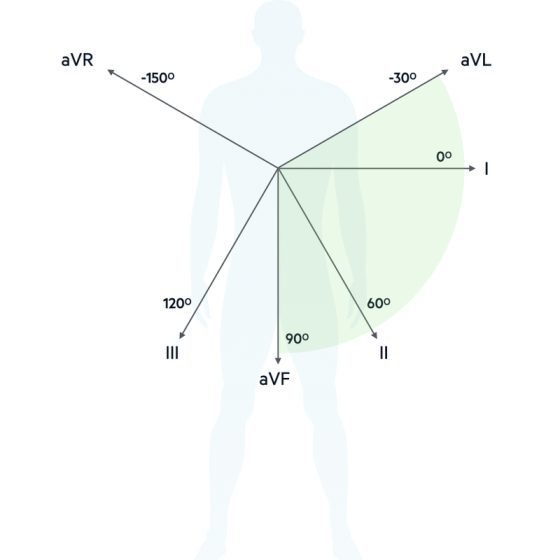Infective Endocarditis
This refers to inflammation of the endocardium that lines the surface of heart valves. It can lead to vegetations on the valve surface that can destroy the valve. In addition, it can lead to septic emboli formation leading to other complications. Causes Staphylococcus aureus This is the most common cause of IE which is usually seen in IV drug abusers It is a high virulence organism that destroys valves, most commonly the tricuspid valve Risk factors for this bacterium include skin breaches (dermatitis, IV lines), kidney failure and diabetes Viridans Streptococci This is a group of low-virulence bacteria that


